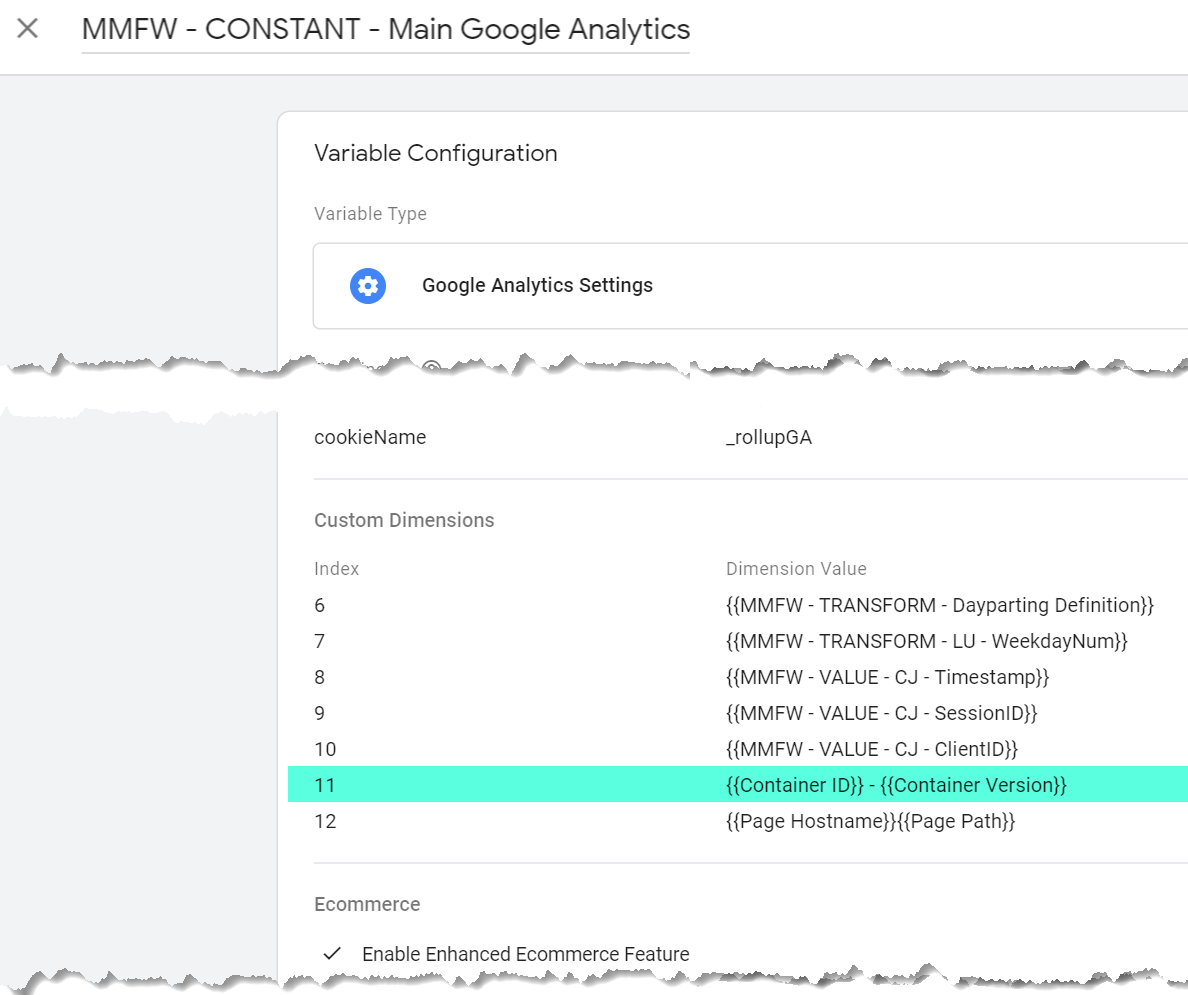Decoding the Significance of Additional Measurement in Google Analytics: All Concerning Its Relevance and Impact
In the world of digital analytics, the utilization of second dimensions within Google Analytics acts as a crucial tool for discerning much deeper layers of data understandings. The relevance of second measurements hinges on their capacity to give a nuanced sight of user behavior and interaction with a website or platform. By studying information beyond surface-level metrics, organizations can open a wide range of info that improves and shapes tactical decisions advertising and marketing initiatives. This exploration right into the world of second dimensions not just offers a comprehensive understanding of customer involvement but additionally clarifies the complex dynamics that drive on-line performance.
Understanding Second Dimensions in Google Analytics
The understanding of secondary measurements in Google Analytics is important for gaining deeper insights into customer habits and website efficiency. While primary measurements give basic information points such as web traffic resources and web page views, secondary measurements enable a more nuanced analysis by offering extra context to these main metrics. By including secondary measurements, customers can section and filter their information to uncover patterns and trends that might not be instantly evident.

Introducing the Benefits of Secondary Dimensions
Building upon the foundational understanding of secondary measurements in Google Analytics, discovering the benefits they supply reveals vital understandings for enhancing data evaluation and decision-making. By incorporating additional dimensions, users can dive much deeper into their information, acquiring a much more extensive view of individual actions, content performance, and other vital metrics.
Moreover, additional dimensions offer context to primary data, supplying extra layers of info that can assist in understanding individual communications and choices. This boosted understanding can direct tactical decision-making, leading to more targeted marketing campaigns, website optimizations, and general better performance. In essence, additional dimensions act as a powerful tool for opening deeper insights and maximizing the energy of Google Analytics for businesses and internet site owners.
Leveraging Additional Measurements for Boosted Insights
By using the power of secondary measurements in Google Analytics, organizations can uncover deeper insights that drive educated decision-making and strategic optimization efforts. Leveraging see page second dimensions allows companies to delve beyond surface-level information and obtain a more thorough understanding of individual behavior, audience demographics, web traffic sources, and internet site efficiency. As an example, by integrating key measurements like web traffic sources with secondary dimensions such as geographical location or device group, services can recognize which Home Page areas or gadgets are driving the most important traffic to their website.
Additionally, secondary dimensions make it possible for companies to segment and assess information better, helping them recognize patterns, patterns, and chances that may have or else gone unnoticed. By utilizing additional dimensions, services can customize their marketing strategies, web content, and customer experience to better satisfy the requirements and choices of their target audience. Basically, leveraging additional measurements in Google Analytics equips companies to make data-driven decisions that result in boosted efficiency, raised ROI, and lasting development.

Influence of Second Dimensions on Information Evaluation
Enhancing information analysis through the utilization of secondary measurements in Google Analytics supplies companies with a much deeper understanding of their on the internet efficiency metrics. By integrating additional dimensions, such as time of day, geographic area, or tool category, services can reveal useful understandings that may have been forgotten with main measurements alone. This enhanced level of granularity permits even more specific segmentation of data, making it possible for companies to recognize patterns, trends, and connections that can drive calculated decision-making.

Making The Most Of Prospective: Additional Capacities Techniques
One essential strategy is to incorporate second dimensions with main measurements to gain a thorough sight of user interactions. Pairing the main measurement of 'source/medium' with second dimensions like 'touchdown page' or 'device classification' can expose which channels are driving traffic to particular web pages or exactly how individual actions varies across devices.
Additionally, using secondary measurements to sector data based on individual demographics, habits, or innovation can assist companies tailor their advertising and marketing efforts to details audience segments. This targeted strategy can cause enhanced conversion rates, boosted customer experiences, and eventually, boosted ROI. By making the most of the possibility of second measurements in Google Analytics, organizations can make enlightened choices, maximize their on-line presence, and drive lasting development.
Final Thought
In final thought, second dimensions in Google Analytics play a critical duty in supplying deeper insights and enhancing data evaluation. Integrating second dimensions right into data analysis techniques can lead to even more educated decision-making and improved total efficiency.
While key measurements supply fundamental data factors such as website traffic resources and web page sights, second measurements enable for a more use this link nuanced evaluation by offering added context to these primary metrics. By integrating primary dimensions like web traffic resources with additional measurements such as geographic area or tool group, services can recognize which tools or areas are driving the most beneficial website traffic to their website.
By integrating secondary measurements, such as time of day, geographic location, or tool group, companies can uncover beneficial insights that might have been neglected with main measurements alone. One vital method is to incorporate additional measurements with primary measurements to obtain a detailed sight of customer interactions. Combining the key measurement of 'source/medium' with additional measurements like 'landing web page' or 'tool classification' can expose which channels are driving web traffic to details pages or exactly how customer habits varies across devices.